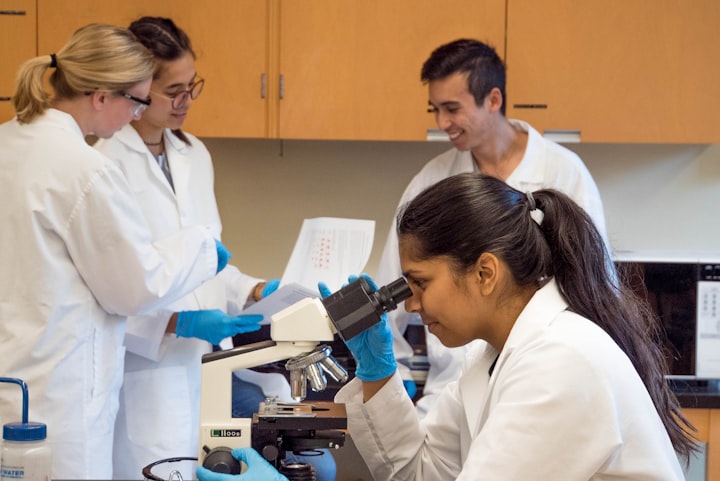Little Heroes: How Scientists Created Human Cell Robots for Treatment
Human Cell Robots for Treatment

In an unprecedented leap for medical science, researchers have created tiny robots, called "anthrobots," from human cells. These microscopic miracles have the potential to revolutionize wound healing, tissue regeneration, and disease treatment. A recent study published in the journal Advanced Science highlights their remarkable abilities and their promising future.
1. Origin of Anthrobots:
Building on the success of "xenobots" built from frog stem cells, scientists have now achieved a new milestone using regular human cells. The main advantage lies in the possibility of manufacturing these bots from the patient's cells, thereby reducing complications such as rejection by the body.
2. Cellular Miracle:
Enthroblasts are collected from adult human cells obtained from the windpipe or trachea. These cells contain hair-like structures called cilia, which not only push away foreign material but can also stick together to form multicellular organoids. This dynamic pair of cilia and organoids becomes the building blocks of arthropods.
3. Incredible Self-Assembly:
Unlike their predecessors, the Xenobots, the Anthrobots display a remarkable ability to self-assemble. In the controlled environment of a laboratory dish, these bio-bots take shape without the need for tweezers or scalpels. The simplicity of their creation by using adult cells instead of embryonic cells marks a significant advance.
4. Dynamics and Efficiency:
Encouragingly, anthrobots demonstrate independent locomotion. With cilia facing outward, these tiny organisms can navigate in straight lines, circles, or remain stationary. Although their dynamics may vary, their unique ability to join together allows them to practically create their own.
5. Healing Powers Revealed:
To demonstrate its therapeutic potential, researchers created 2D layers of human neurons, creating lesions within them. Superbot clusters of anthrobots were introduced, and without any additional genetic tinkering, they played a key role in helping neurons regrow. The exact mechanism of this healing skill remains a mystery, but it underlines the enormous potential of these little heroes.
6. Dynamic Cellular Communications:
What sets anthrobots apart is their reliance on natural communication between cells. Unlike traditional robots, cells can dynamically form structures and perform biological functions. The researchers emphasize that this built-in programming makes Anthrobots a promising avenue for medical applications.
7. Safe biodegradation:
A reassuring feature of anthrobots is their ability to biodegrade safely within 60 days. This ensures that they will not remain in the body, eliminating concerns about their environmental impact and the potential for uncontrolled spread.
8. Limitations and future prospects:
While anthrobots offer tremendous potential for medical applications, it is important to note their limitations. These biobots cannot reproduce and survive outside a controlled laboratory environment. Researchers hope that future advances will make them strong enough to withstand the complexities of the human body.
9. Moral Considerations:
Like any cutting-edge technology, the development of anthrobots raises ethical considerations. While their controlled use in laboratory settings is well defined, questions related to their potential misuse or unintended consequences must be carefully addressed. As this technology continues to evolve, it is important to strike a balance between innovation and responsible deployment.
Conclusion:
In the field of medical innovation, anthrobots stand as a testament to the incredible possibilities unlocked by harnessing the power of human cells. These microscopic agents of treatment bring hope for a future where personalized treatments using the patient's cells become a reality. As scientists continue to unravel the mysteries of anthrobots, we can look forward to a new era in healthcare where these little heroes will play a vital role in treatment and regeneration.
Disclaimer
This content has been generated by an artificial intelligence language model. While we strive for accuracy and quality, please note that the information provided may not be entirely error-free or up-to-date. We recommend independently verifying the content and consulting with professionals for specific advice or information. We do not assume any responsibility or liability for the use or interpretation of this content.
About the Creator
Vicky Verma
🎨I am Vicky Verma, the artist behind the words. 🖋️From heart to page, I paint stories with words. 🌈 Born to create, grew up to dream. 🚀Join me on this colorful journey of storytelling! 🌟👉 #ArtisticSoul #DreamerWriter






Comments (1)
I'm drawn to this article; it's well-crafted and offers valuable information.